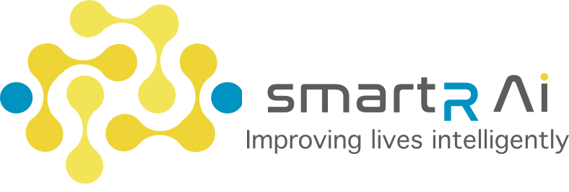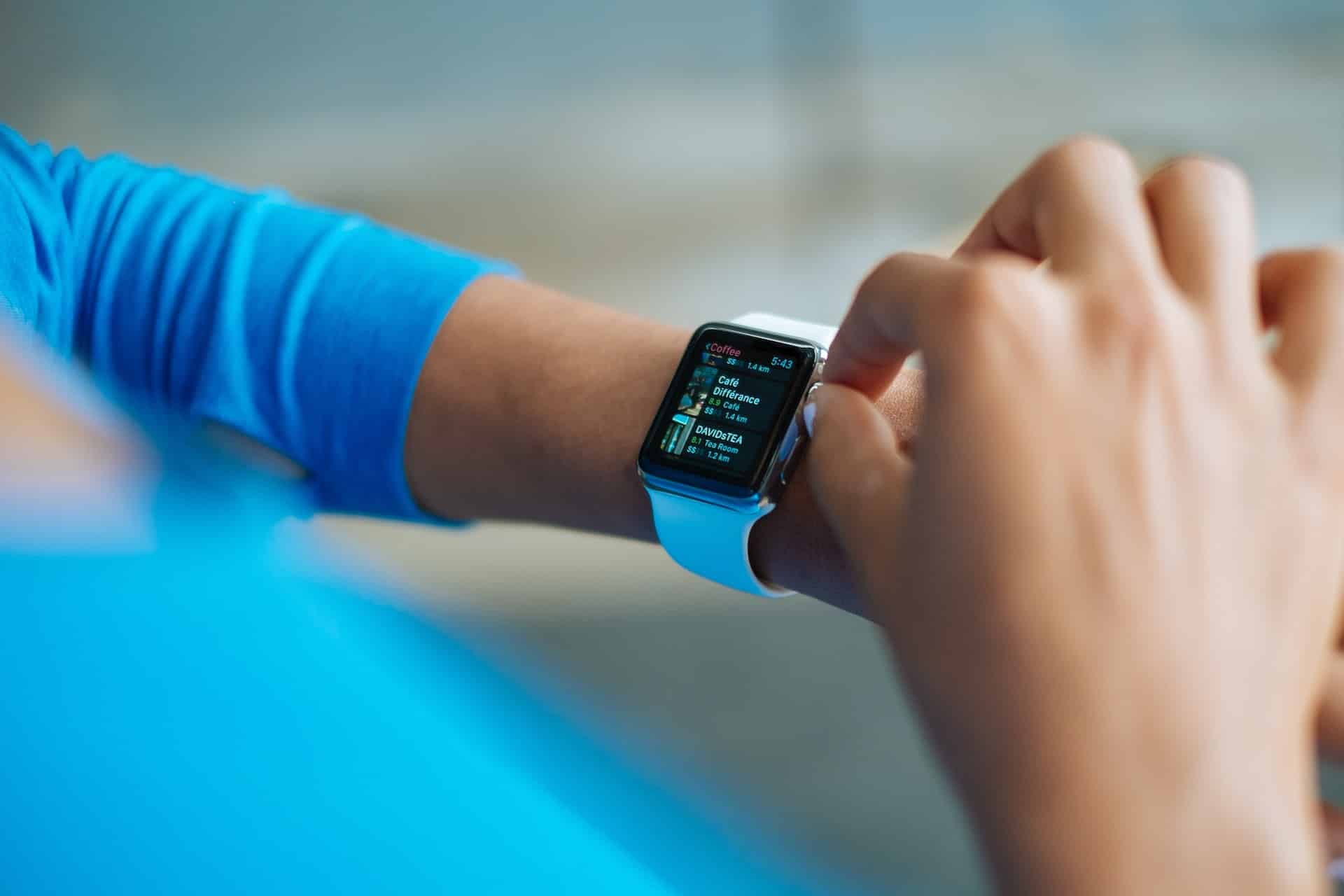Wearable technology doesn’t just have the potential to save lives, it is already saving lives. Take, for example, the story of a woman who was alerted to her irregular heart rhythms by her apple watch and after further tests was diagnosed with a heart tumor. Or the story of the 30-year-old fitness enthusiast whose watch helped diagnose him with atrial fibrillation. Each story amongst the many varies, but the constant is that prolonged monitoring of our vitals can ensure early diagnosis of health conditions and save lives.
Wearable technology can be found as smart glasses, rings, ear devices, footwear and so much more. These devices can measure your heart rate, your ECG and even your blood pressure. More advanced devices such as epidermal electronics will allow for additional sensory measurements like body temperature, breathing rate, oxygen levels and skin temperature (using infrared sensors). Yet, epidermal electronics are still in early stages of development and too costly to be implemented widely, therefore, this article will focus on wearable devices that are already seeing widespread use.
Real-time monitoring of an individual’s vital signs through wearable technology is one way to improve the diagnosis of health conditions. Not only does this result in timely updates to changes in an individual’s health but it also creates a personalized frame of reference for the individual from which one might detect anomalies. When you make comparisons using data for the average human at a given age, the range of “normal” is often very wide. Subtle signs can be missed because they might still be considered within the “normal” range for an individual at that age, but not necessarily for the individual in question. One of the benefits of alertR, smartR AI’s health and wellness software, is that it informs individuals of deviations from their baseline and unlike other vendors provides the individual with all the raw sensor data. Thus, giving the individual more control over how they use their data through customized software, such as the smartR watch.
Wearable devices are also very useful for diagnosing diseases with intermittent symptoms. For example, those who suffer from Paroxysmal Atrial fibrillation have episodes where their heartbeat is rapid and erratic, these begin suddenly and then stop usually within 24 hours. If left untreated, this can be very serious and increases the chances of having a stroke by five times. In 2017, Apple’s Heart Study app already claimed to alert individuals with an Apple watch if they were experiencing atrial fibrillation. This is an important step towards using devices that are already part of our everyday lives to help us take better control of our health and to improve diagnosis of diseases that are difficult to detect.
The application of these wearable devices is not just limited to cardiovascular diseases, they can also be used to improve detection in respiratory diseases such as obstructive sleep apnea. Often, as the disease concerns obstructions to breathing while an individual is asleep, it is often only because a partner has noticed disturbed sleep patterns that the individual is assigned to a sleep clinic and diagnosed. Much like atrial fibrillation, wearable devices can improve the diagnosis and the latest line of Garmin sport watches has features that allows it to monitor Sleep Apnea.
It should be noted that while many of the newest wearable devices have features that can indicate signs of sleep apnea and suggest further tests, none are approved by the FDA as a suitable diagnosis device. Although further development will certainly be needed before the FDA approves such devices as a standalone diagnostic tool, the most important thing it does is alert the individual to the existence of the health issue and from there on it is up to the individual to take action.
Not only do wearable devices help us detect problems in our individual health, but reports and studies are now showing that they can also improve the detection of outbreaks during pandemics. The Rapid Assessment of Threat Exposure project was run by the Department of Defence in the US and used wearable devices and a powerful, predictive artificial intelligence algorithm trained on hospital-acquired data from monitored cases of COVID-19 to detect COVID. The results were outstanding and allowed the early detection of infectious diseases up to 48 hours before symptoms appeared and, in some cases, up to six days prior (including asymptomatic cases). Other studies have emphasised the benefits offered by wearables in detecting infectious diseases due to their relatively low costs and potential for connectivity and thus, rapid diagnostics. This highlights the potential impacts of AI for health.
Unfortunately, there are still a few factors that hold back these devices from reaching their full potential. The tools still lack the precision necessary for medical purposes as background noise from both within and outside of the body prevent these devices from making accurate measurements in some cases. Furthermore, health predictions and advise works best when multiple vital signs are combined. However, these vital signs tend to differ in nature and structure, thus making them difficult to quantify and to code. In addition, there is the problem of balancing the protection of privacy with the need for accurate data with which to train these models. Wearables such as the smart watch by smartR AI maximize the data privacy of individuals by encrypting all the data that is moved to or from the watch and ensuring only trusted devices can decode it. This secure AI solution ensures smartR AI is providing its customers with the highest level of protection.
Although these devices may not yet be ready to be our primary source of diagnosis for health issues, it wouldn’t be far-fetched to imagine a future where everyone wears some form of wearable technology to monitor their health. It might just become a precaution of life, as normal as wearing a seat belt. For now, we can appreciate the ways in which these devices can use the sensors and capacities that they do have to help alert us to conditions which we find difficult to spot ourselves.
Written by Celene Sandiford, smartR AI

